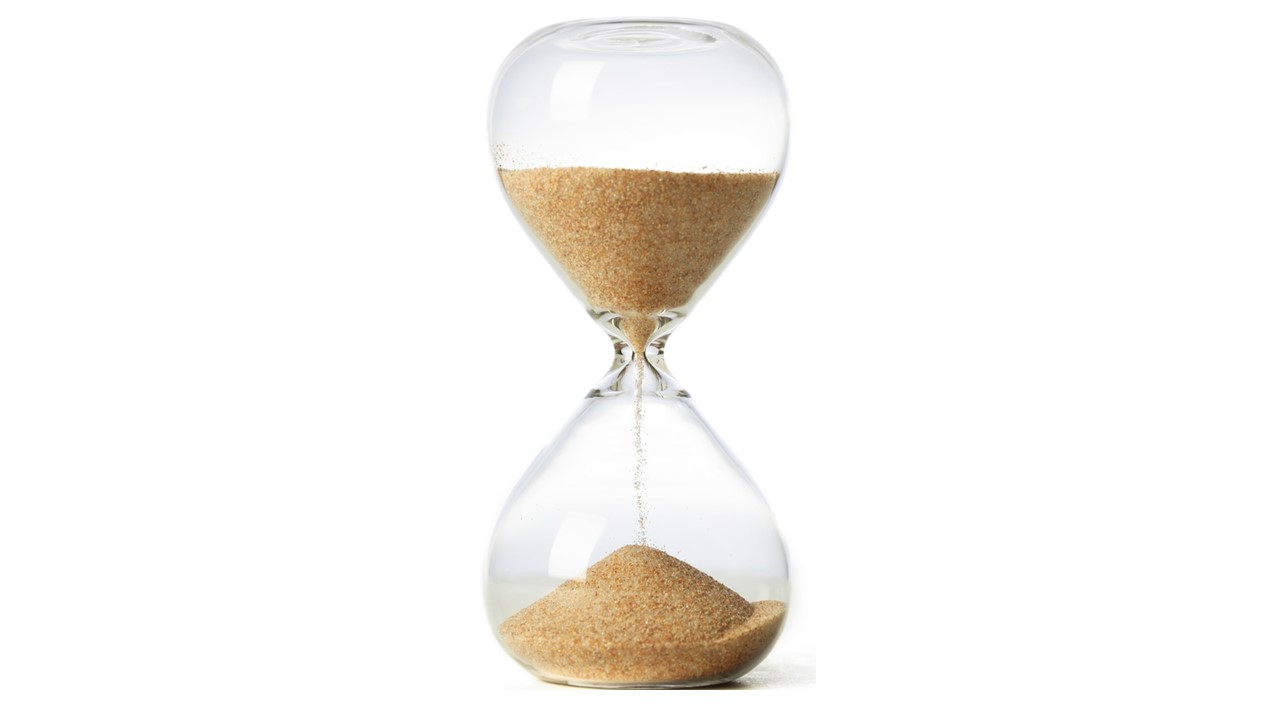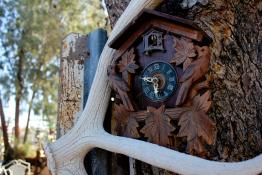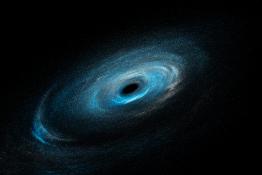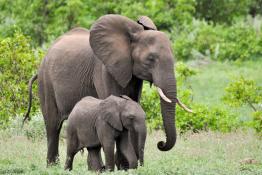
In this activity children consider what is sand? Why is sand such an important resource? And why is the UN concerned that it might soon run out?
Description
What is the most widely consumed natural resource on the planet after water? Most people are surprised to find out that it is sand. 15bn tons are used annually – worth £100bn! Pupils will of course be familiar with sand, but they might not have thought about how it is formed or the vital role it has in their everyday lives.
Learning Objective:
- planning different types of scientific enquires to answer questions, including recognising and controlling variables where necessary
- using test results to make predictions to set up further comparative and fair tests
- taking measurements, using a range of scientific equipment, with increasing accuracy and precision, taking repeat readings where appropriate
Children will learn:
- to appreciate that sand is a naturally occurring material and an increasingly rare resource
- how sand is formed and that it has many uses
- to explain that sand is a component in many important building materials, including concrete and glass
Acknowledgements
These ASE resources were developed by Felix Levinson and Sharon Harris.



